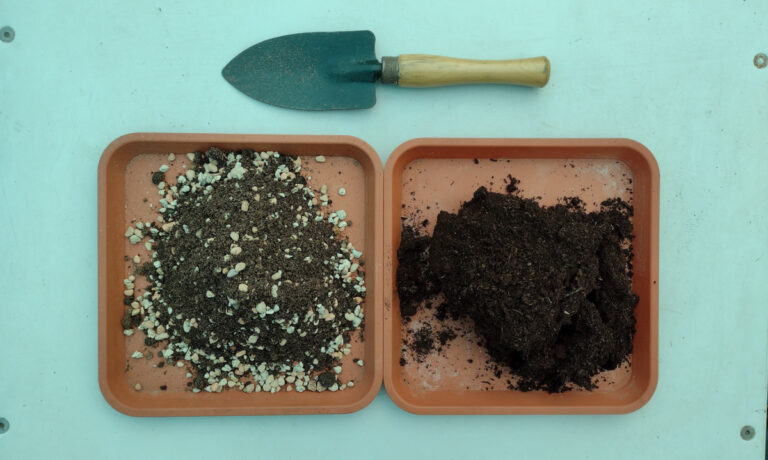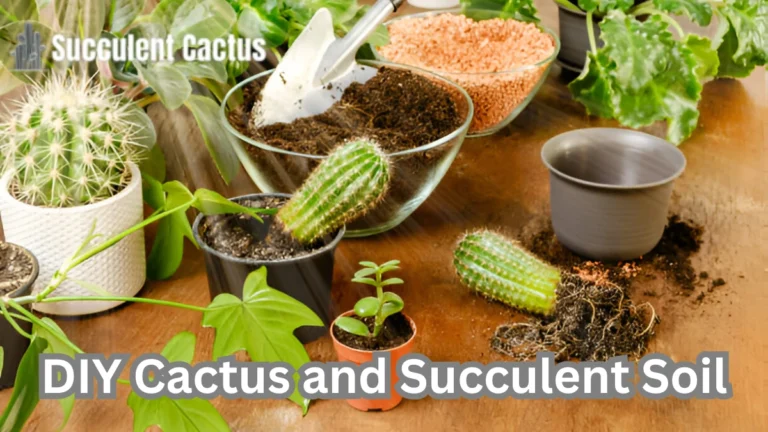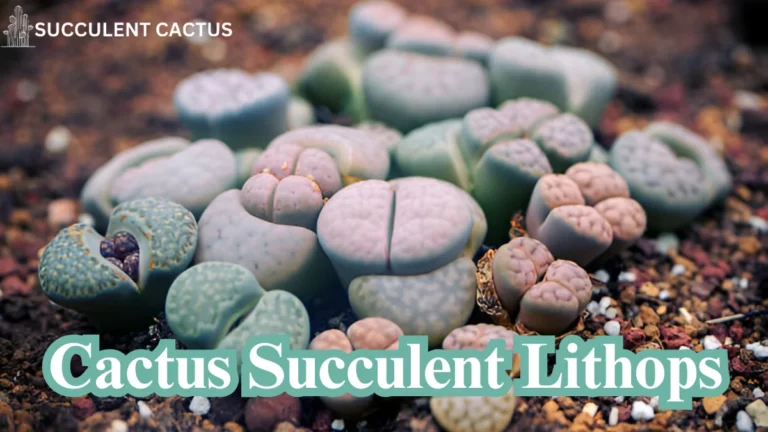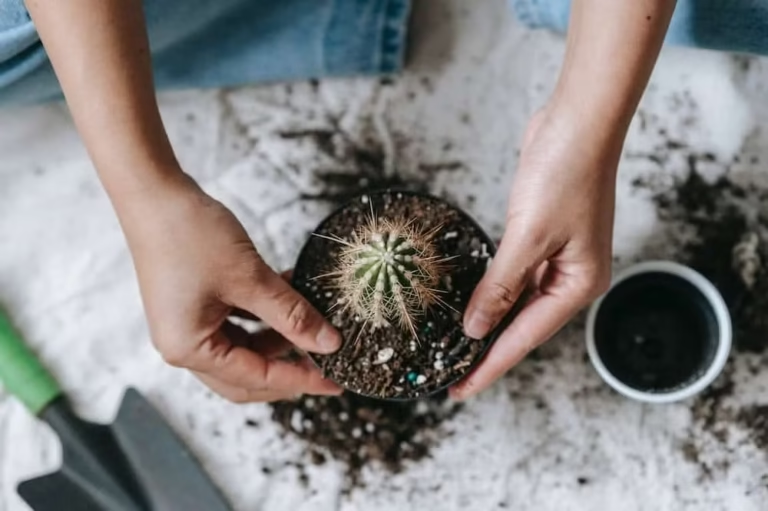Cacti Succulents: A Guide to Growing and Maintaining These Unique Plants
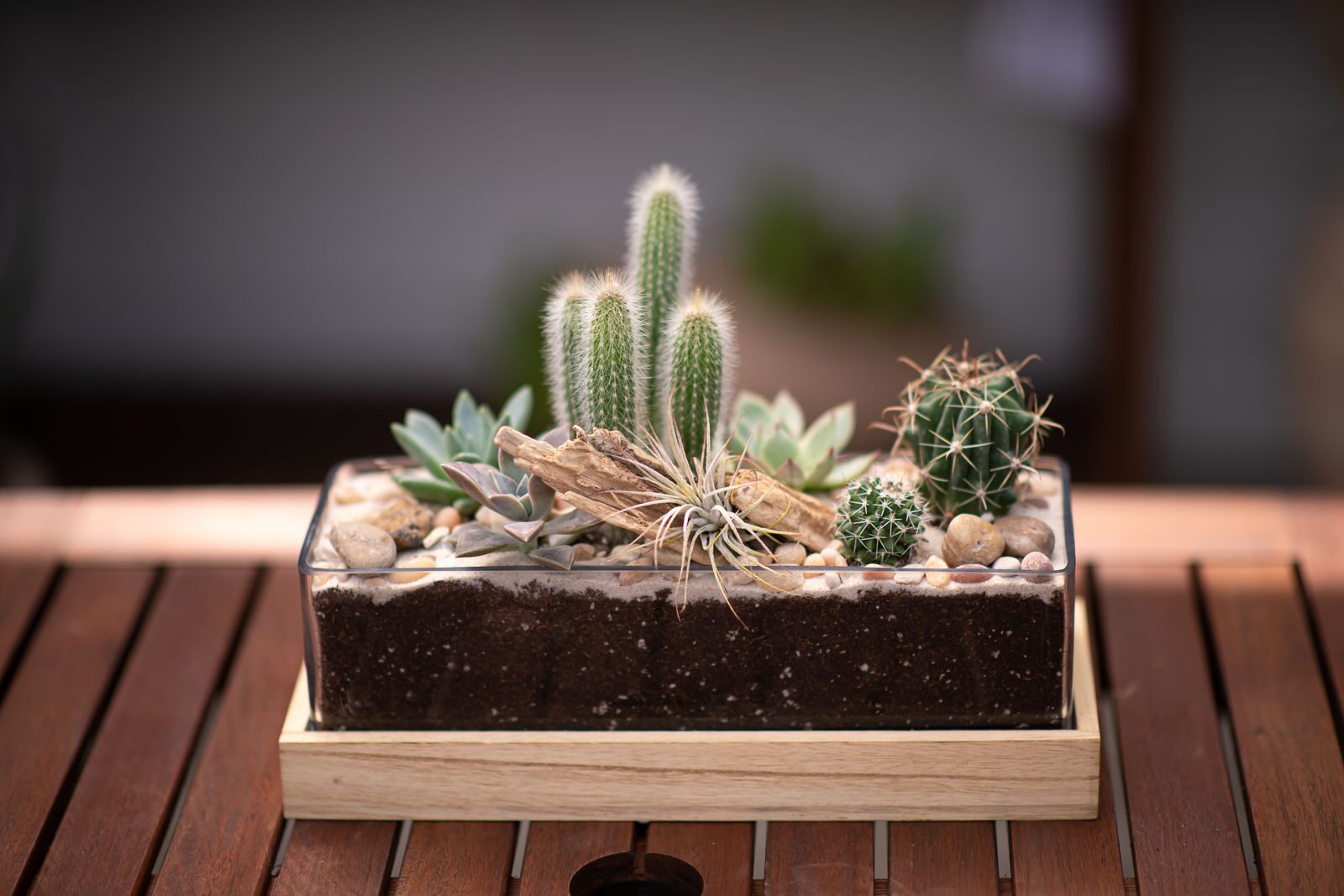
Cacti Succulents are a diverse group of plants, well-known for their ability to thrive in dry, arid environments. Whether you’re a seasoned gardener or just starting your plant collection, cacti and succulent are the perfect choice. These resilient plants require minimal maintenance while offering a unique beauty that can be enjoyed indoors or outdoors.
In this guide, we will provide you with everything you need to know about Cacti Succulent. From the basics of growing and maintaining them to tips for creating stunning cactus and succulent arrangements, this guide will equip you with the knowledge to ensure your cacti succulent thrive.
What Are Cacti Succulents?
Cacti Succulents belong to the plant family known for their thick, fleshy parts, which store water, making them highly drought-tolerant. Cacti are a subset of succulents, but not all succulents are cacti. The main difference between the two lies in the spines—cacti have spines, whereas other succulent like aloe or jade do not.
Despite their differences, both types of plants share common care requirements, which is why they are often grouped together. Cacti Succulent come in a variety of shapes, sizes, and colors, from the tall, spiny saguaro cactus to the soft, rounded jade plant.
Benefits of Growing Cacti Succulents
Before diving into the specifics of growing and maintaining Cacti Succulents, it’s important to understand why these plants have gained popularity in homes and gardens worldwide.
- Low Maintenance: Cacti and succulent are perfect for busy individuals or those new to gardening. They require little watering, are not prone to pests, and don’t need constant attention.
- Water Efficiency: As water-storing plants, Cacti Succulent are ideal for regions with limited rainfall or dry climates. Their ability to survive with minimal water makes them perfect for xeriscaping.
- Air Purification: Like other plants, Cacti Succulent can help purify the air by removing toxins and increasing oxygen levels.
- Aesthetic Appeal: Whether you’re looking for a small plant to brighten a desk or a towering cactus to create a statement piece in your garden, cacti succulent come in many shapes and sizes to fit your design vision.
Choosing the Right Cacti Succulents for Your Space
Choosing the right Cacti Succulent depends on several factors, including the space available, light conditions, and your plant care abilities. Here are some tips for selecting the perfect cactus or succulent:
1. Light Requirements
Most Cacti Succulent require full sunlight to thrive. Choose a location with ample direct sunlight, whether it’s on a windowsill or outdoors in a garden. However, some varieties, such as the Christmas cactus, can tolerate low-light conditions and are ideal for shaded areas.
2. Size of the Plant
Cacti Succulent come in various sizes, from small tabletop varieties to large outdoor cacti that can grow several feet tall. Select a plant that fits the space where it will be placed. Smaller plants are perfect for windowsills and desks, while larger ones can serve as focal points in gardens or patios.
3. Type of Soil
Good drainage is crucial for Cacti Succulent. Use a well-draining potting mix, specifically formulated for succulent and cacti. This helps prevent root rot, which is a common issue with overly damp soil.
How to Care for Cacti Succulents
Once you’ve chosen the perfect Cacti Succulent, it’s time to provide them with proper care. Though they are low-maintenance, cacti succulent do have specific needs that should be met to ensure they grow strong and healthy.
1. Watering
One of the most important aspects of caring for Cacti Succulent is getting the watering right. Overwatering is a common mistake, as these plants are adapted to dry conditions. Let the soil dry out completely before watering again, and always ensure that the pot has drainage holes to prevent water from pooling at the roots.
2. Fertilizing
While Cacti Succulents don’t require frequent fertilizing, you can give them a nutrient boost during the growing season. Use a diluted, balanced fertilizer once a month to encourage healthy growth. Avoid fertilizing in the dormant winter months.
3. Temperature and Humidity
Cacti Succulents prefer warm temperatures and low humidity. Keep them in a room with a temperature between 60°F to 85°F (16°C to 29°C) for optimal growth. They are not frost-tolerant, so avoid placing them outside in freezing conditions.
4. Pruning
Pruning is not always necessary, but it can help maintain the shape of your Cacti Succulents. Remove dead or damaged leaves, stems, or flowers to promote healthy growth and improve the plant’s appearance.
Common Problems with Cacti Succulents and How to Fix Them
While Cacti Succulents are generally hardy, they can face a few common problems. Understanding these issues and how to address them will help ensure that your plants remain healthy.
1. Root Rot
Overwatering is the most common cause of root rot in Cacti Succulents. Ensure that your pot has proper drainage, and allow the soil to dry out between waterings.
2. Pests
Cacti and succulents are generally pest-resistant, but they can occasionally be affected by mealybugs, spider mites, or aphids. Treat infestations promptly with insecticidal soap or neem oil.
3. Sunburn
While Cacti Succulents love sunlight, too much direct exposure, especially during the hottest parts of the day, can cause sunburn. If you notice your plant’s leaves turning brown or crispy, move it to a location with indirect light.
Different Varieties of Cacti Succulents
There are many different types of Cacti Succulents, each with its own unique characteristics. Here are some of the most popular varieties:
1. Barrel Cactus
The barrel cactus is a popular choice for both indoor and outdoor environments. It’s easy to care for and adds a bold, sculptural look to any space.
2. Prickly Pear
Known for its flat, pad-like stems and beautiful flowers, the prickly pear cactus is both functional and ornamental. It thrives in full sunlight and well-draining soil.
3. Aloe Vera
Although technically a succulent and not a true cactus, aloe vera is a favorite among cactus and succulent enthusiasts for its medicinal properties and beautiful rosettes.
4. Echeveria
Echeveria is a succulent that forms dense rosettes and is available in various colors. Its striking appearance makes it a favorite for container gardens and home decor.
Conclusion: Your Cacti Succulents Journey
Cacti Succulents are some of the most fascinating plants to grow and care for. Their unique beauty and minimal care requirements make them a perfect addition to any home or garden. By following the tips in this guide, you can ensure that your cacti succulents grow strong, healthy, and continue to add vibrancy to your space.
Whether you’re a beginner or a seasoned gardener, there’s no better time to start growing cacti succulents. With the right knowledge and care, these incredible plants can thrive and transform your environment for years to come.

